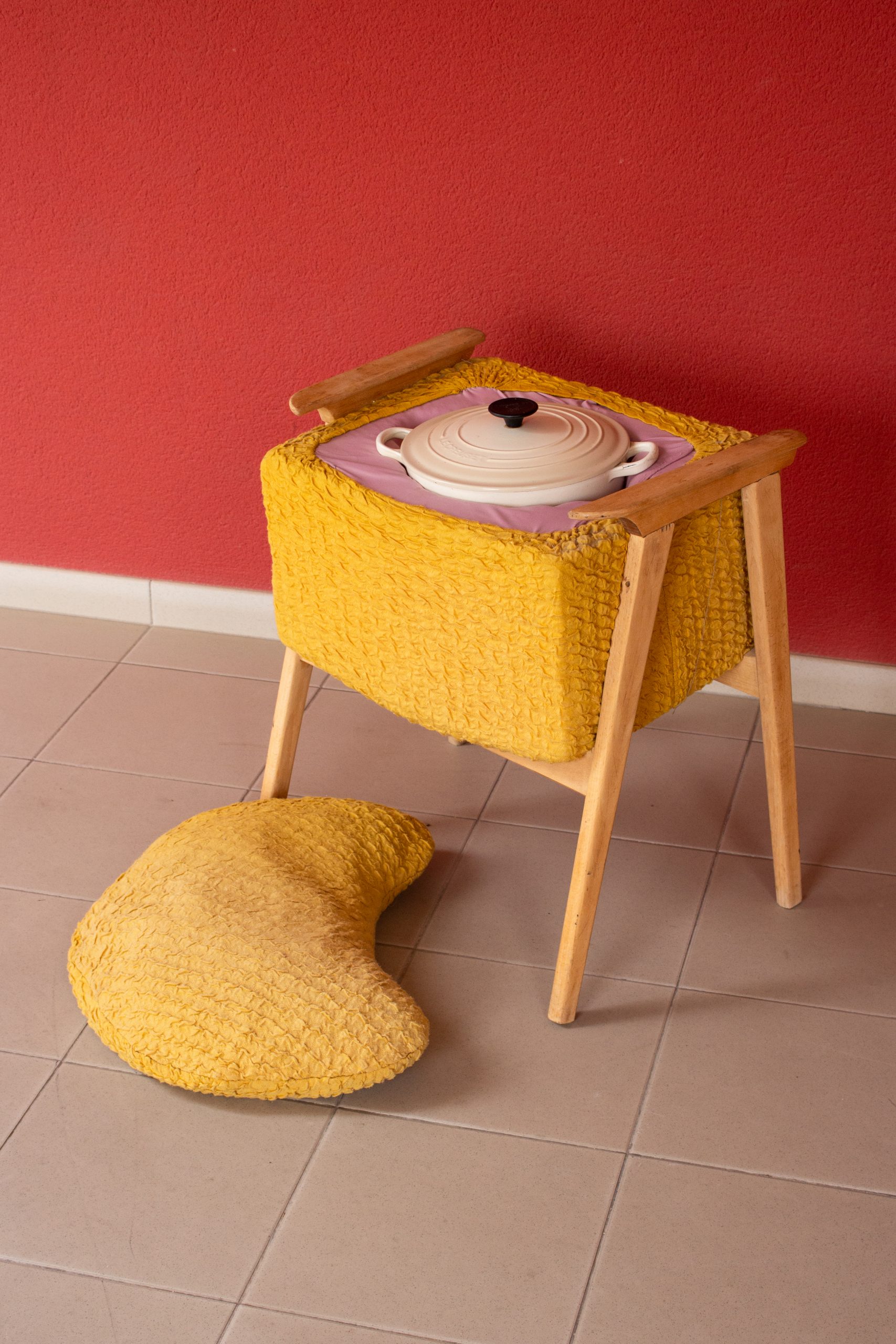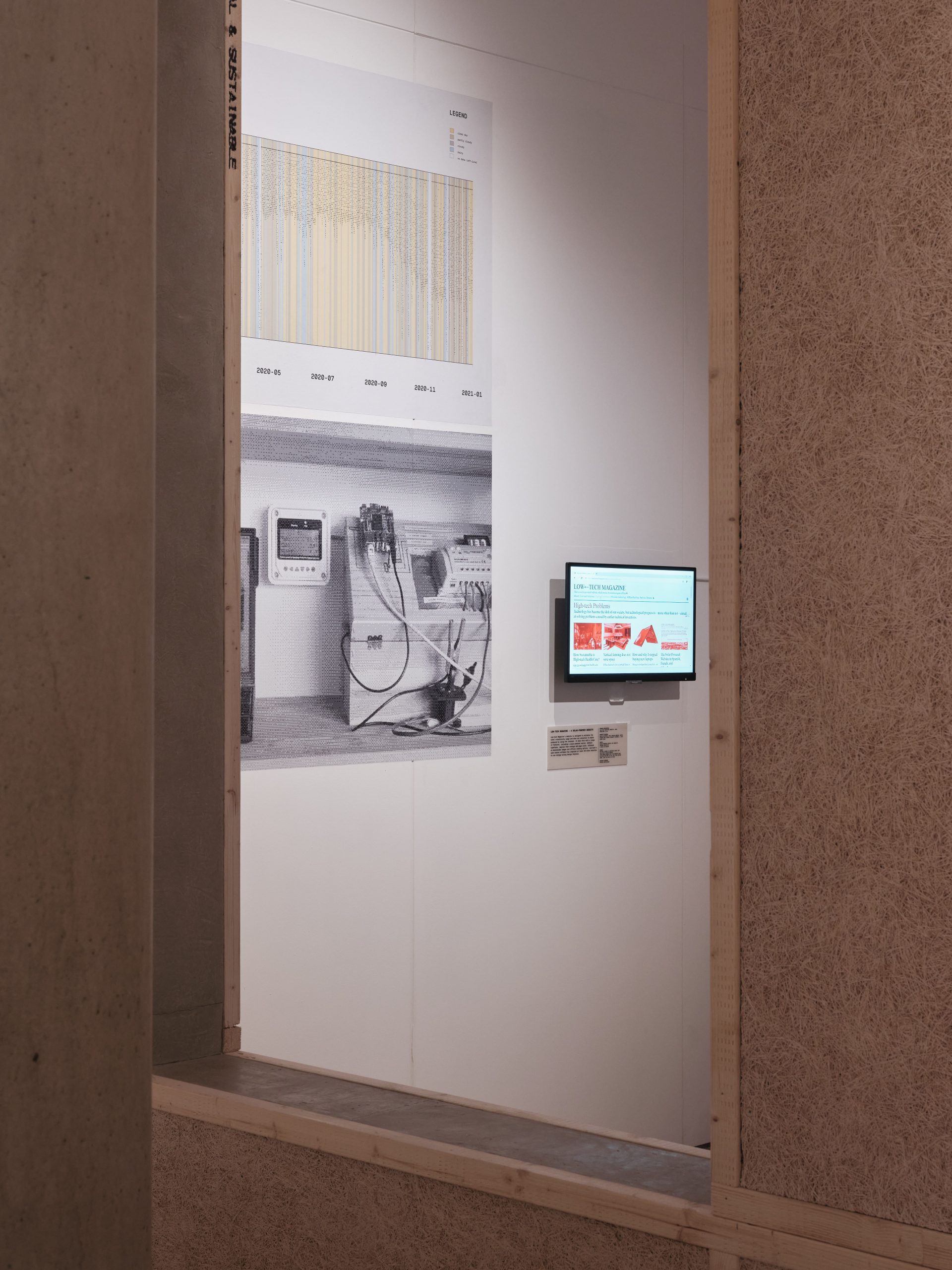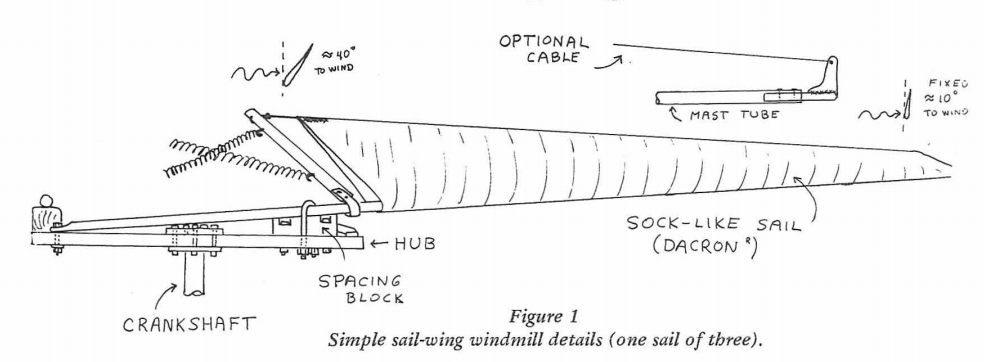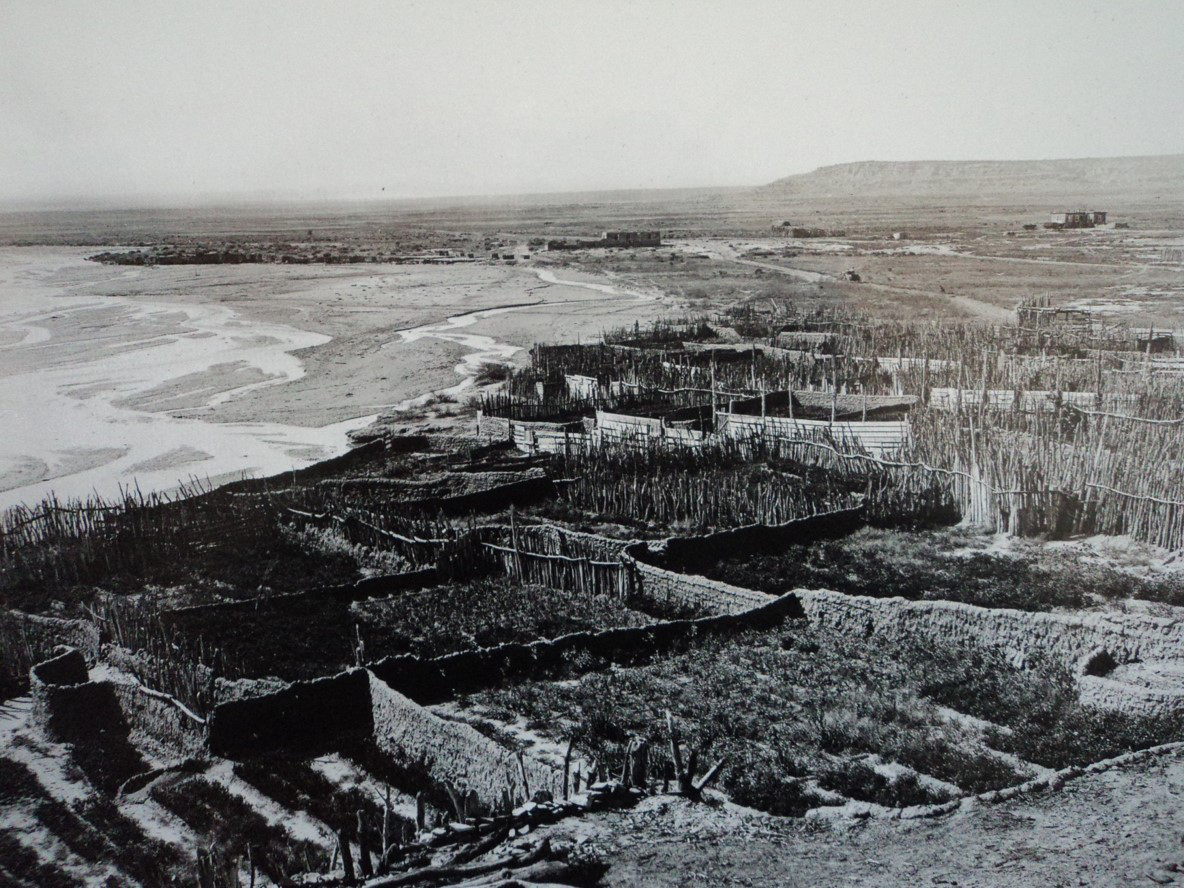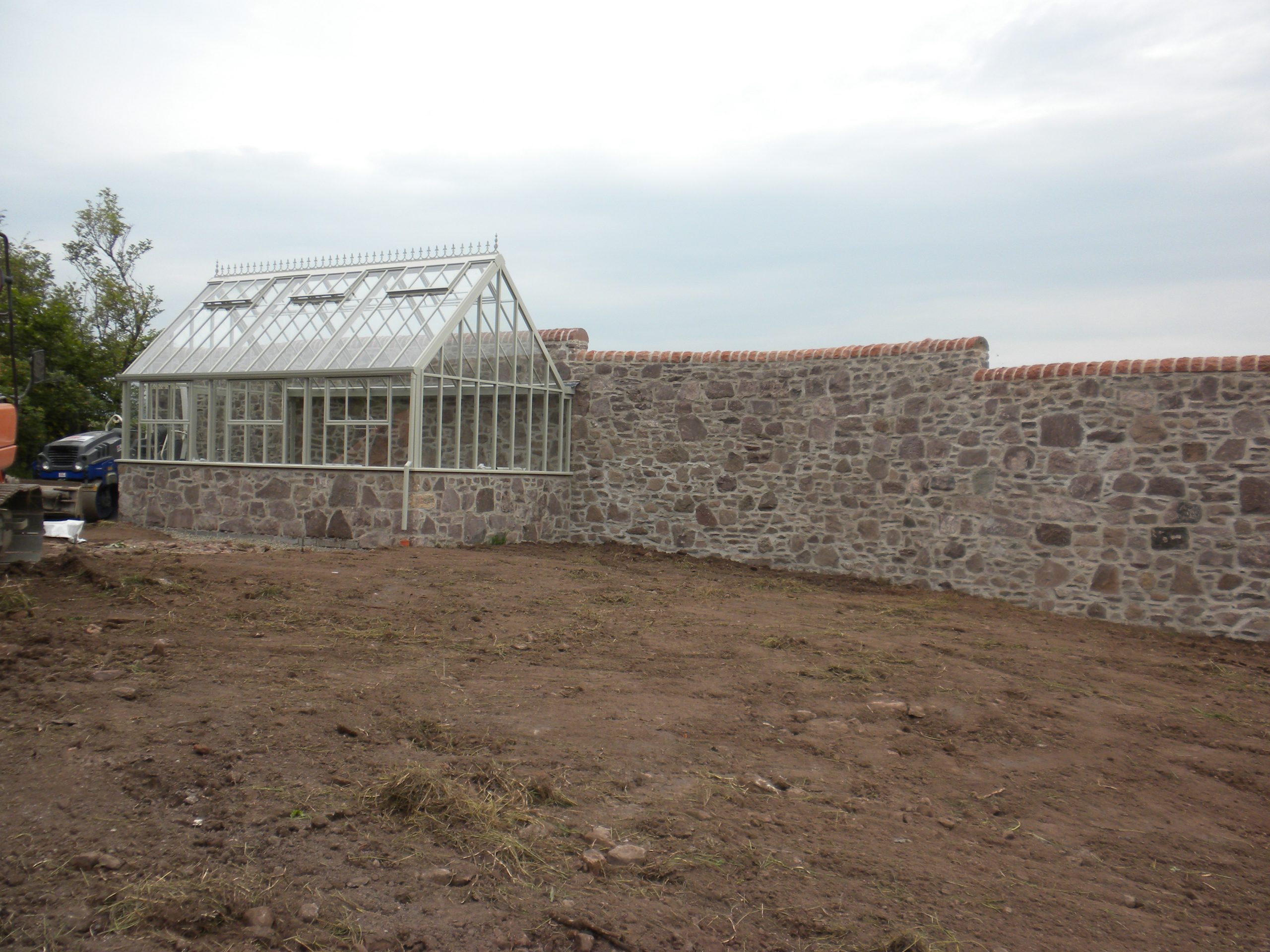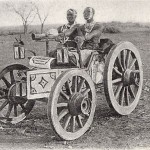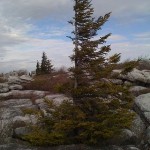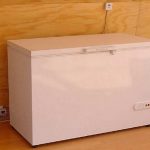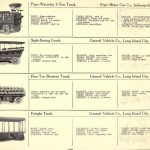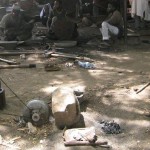“Carbolytics is a project at the intersection of art and research that aims to raise awareness and call for action on the environmental impact of pervasive surveillance within the advertising technology ecosystem (AdTech), as well as to provide a new perspective to address the social and environmental costs of opaque data collection practices. Online tracking is the act of collecting data from online user activity, such as reading the news, purchasing items, interacting on social media or simply doing an online search. It is known that tracking and recording users’ behaviour has become a major business model in the last decade.”
“However, even though the societal and ethical consequences of abusive online surveillance practices have been a subject of public debate at least since Snowden’s revelations in 2013, the energy and environmental costs of such processes have been kept away from the public eye. The global data collection apparatus is a complex techno maze that needs vast amounts of resources to exist and operate, yet companies rarely disclose information on the environmental footprint of such operations. Moreover, part of the energy costs of data collection practices is inflicted upon the user, who also involuntarily assumes a portion of its environmental footprint. Although this is a critical aspect of surveillance, there’s an alarming lack of social, political, corporate and governmental will for accountability, thus a call for action is urgent.”
More: Carbolytics. A project by Joana Moll commissioned by Aksioma in collaboration with Barcelona Supercomputing Center (BSC) and in partnership with The Weizenbaum Insitute + Sónar +D.

